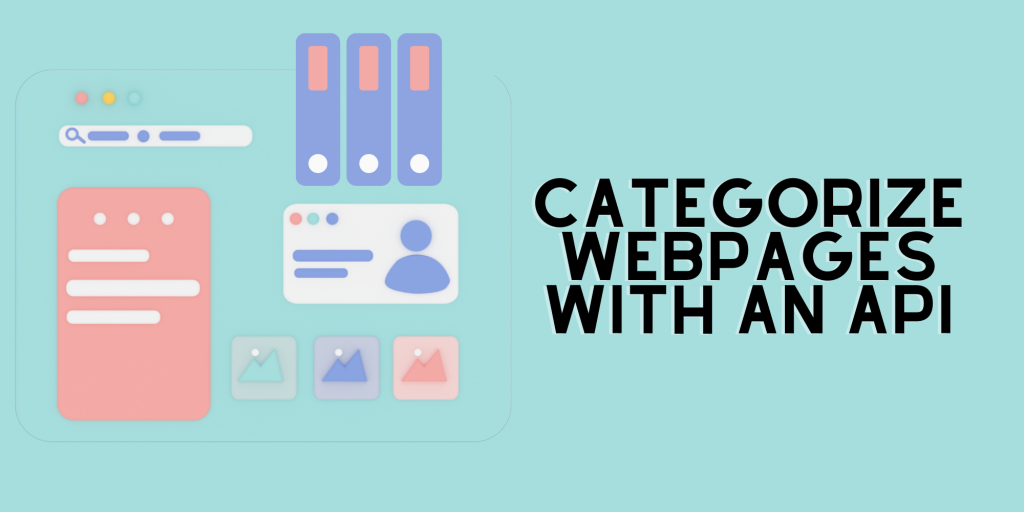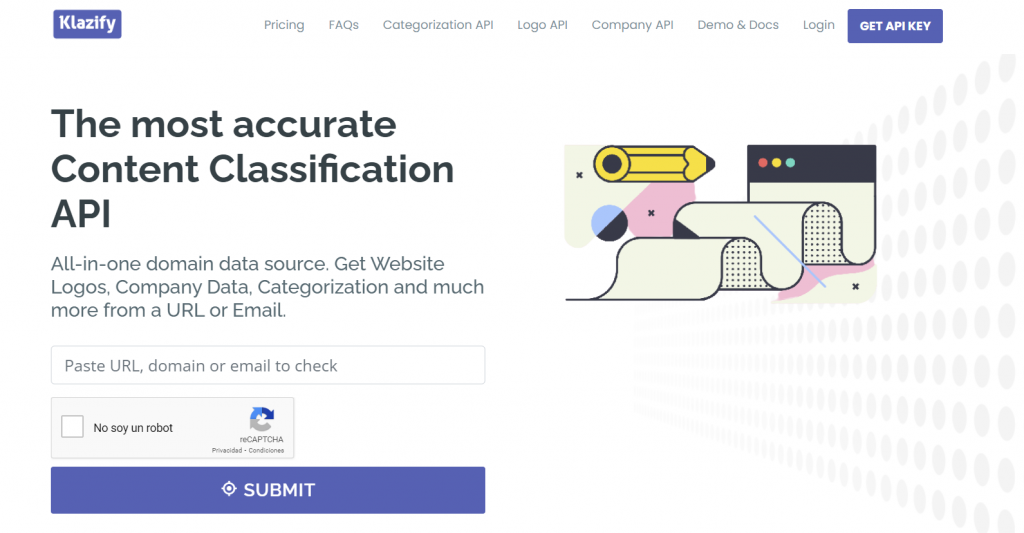Maybe you are here because you have read or heard about website categorisation but you are not sure what it is or why it is necessary. Worry not! We are here to help you figure this out. Continue reading and get into the amazing world of APIs.
Website categorisation is the process of categorising a website into one or more categories, usually using an automated machine learning approach. In this article, we’ll go over how to implement website categorization, what its typical use cases are, and how to get a free tool for it.

Websites are most commonly classified in terms of ads and marketing using the Internet Advertising Bureau (IAB) taxonomy, which was created with marketing/ads in mind. The insertion of pertinent content keywords improves ranks. As a result, creating content categories gives marketers more control over where their ads show and makes it easier to match advertisers with content platforms.
Uses Of Categorisation
Website classification has numerous applications in a variety of disciplines. One major use of website categorization is in cybersecurity, where websites are categorised as potential spam, phishing, or other forms of “problematic” websites that we don’t want employees or clients on our networks to view.
Marketing is another key application of website categorisation. If we want our advertisements to appear on publisher websites, we want them to appear on pages that are in the same category as the products or services we promote. We need to correctly categorise potential partner websites in order to achieve this efficiently.
Real-time bidding (RTB), which oversees the process of publishers making ad inventory available to “eligible” advertisers who make the highest ad bid, relies heavily on website classification. If an advertiser is relevant, it can bid and distribute its advertising content through a Demand Side Platform (DSP).
Benefits Of Website Categorisation
Online stores can benefit from proper ecommerce categorisation. In terms of user experience, it allows consumers to find desired things more quickly thanks to improved search and filtering capabilities. When online businesses categorise products by category, they can create more subpages for indexing in search engines, which can lead to increased traffic.
Because topical content keywords increase rankings, adding categories and associated keywords can improve signalling for search engine rankings algorithms. Tagging, or adding one or more labels to products, can be useful in this situation since it allows you to add more than one relevant descriptor to your subpage.
How Can I Start Working With Categorisation?
There is a great tool in the market right now and it is called Klazify. In 2022, this is the best website classification API available in the adtech industry. It has grown into one of the most comprehensive domain APIs and one of the most accurate content classification APIs accessible.

Klazify uses clever categorisation algorithms to analyse a website’s content and meta tags. This platform will go to the correct domain name or URL, collect data, and create allowed categories using the IAB V2 Standard classification taxonomy. These categories can be used for a variety of purposes, including one-to-one personalization, marketing segmentation, and online management. As a result, the URL or domain may be split into several sections.
As a result, there are three top-level category structures to choose from on this platform. Whether you want the IAB taxonomy’s full categorization or prefer a more simple category structure, it will be able to assist you effectively. Its user-friendly design, which is exceedingly simple to use and gives results in a matter of seconds, is one of its most significant advantages.
